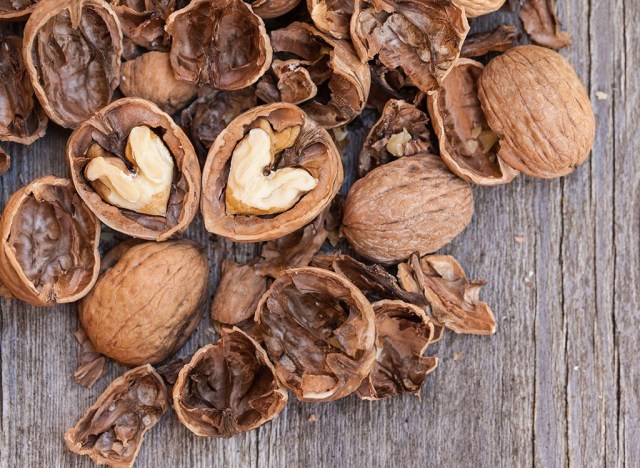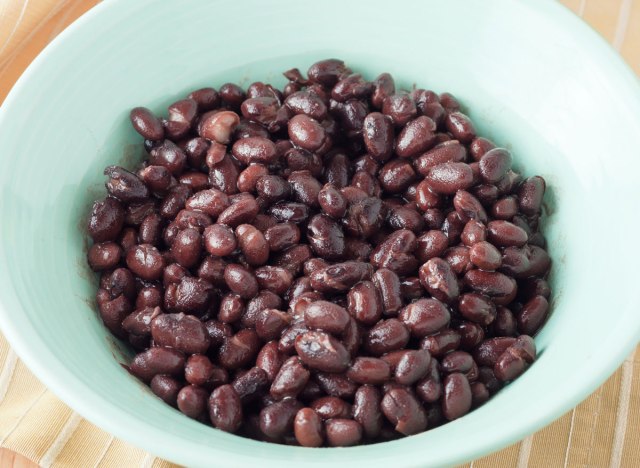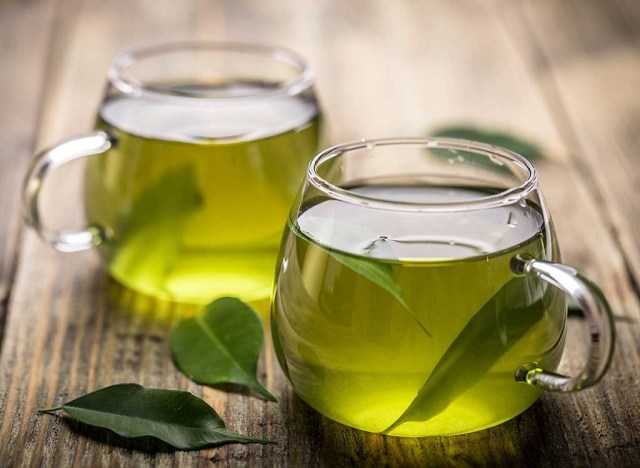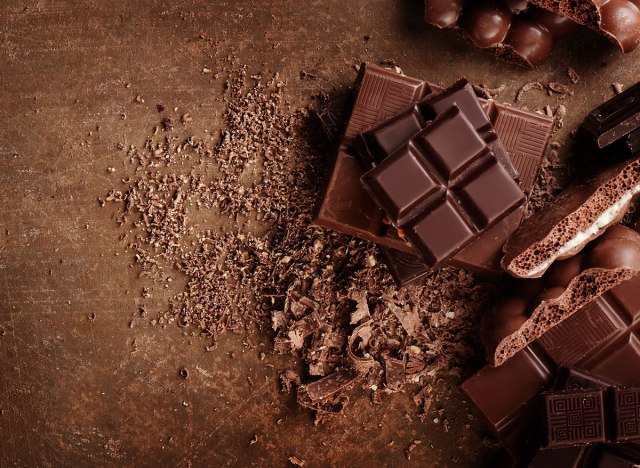10 daily habits to help you lose belly fat
“The Big Apple” is a nickname for New York City, but it can just as easily refer to the whole country. As Americans, according to research, become more and more apple-shaped by the minute – adding thumbs to their stomachs that pose an immediate threat to their health, happiness, even economic future. As many as 54% of American adults now have central obesity (commonly referred to as “belly fat” and clinically defined as a waist of more than 35 inches in women and more than 40 inches in men), up from 46% in 1999 According to a study by American Centers for Disease Control and Prevention.
The average American waist measurement has also grown to an average of 38.8 inches, up more than 1 inch in about a dozen years. It is more than a fashion crisis. Belly fat, or visceral fat, is the most dangerous type of fat available. This deadly fat wraps around the organs deep in the abdomen and increases the risk of diabetes, heart disease, stroke and metabolic syndrome. You can not see or pinch visceral fat, and it is often associated with a large waist. Ditch it and you will not only save your health, but you will also lose weight and trim your waist.
The good news is that you can start blasting both types of fat today with these healthy habits. And while you’re at it, add the 7 healthiest foods to eat right now to your diet as well.
How bad can your calorie-free dieting habits be for your stomach? Belt-bustingly bad, say researchers. Researchers from University of Texas Health Science Center in San Antonio found that people who drank two or more diet drinks a day had waist size increases that were six times larger than non-drinkers. Diet drinks are loaded with deceptively sweet artificial sweeteners, which, according to researchers, trick the metabolism into believing that sugar is on the way, increase insulin levels and move the body from fat burning to fat storage states.

For years, diet experts beat the drum “several small meals a day” – an eating rhythm that is said to “sting the metabolic fire!” Now some researchers are singing a different tune. A study published in the journal Hepatology found that snacks between meals contribute to increased belly fat. Researchers say the results suggest that three balanced meals may be the way to go. Try to wean yourself off the snack cart by first urinating in the morning. Research suggests that mid-morning snacks tend to consume more during the day than afternoon snacks.

Dietary fats are much like lovers. Some of them make you a better person, and others – which you often discover too late – are catastrophically bad for your health. The good news is, unlike cunning boyfriends, diet fats come with red flags. The worst match for your apple-shaped figure? Saturated fats. A study published in the journal Diabetes found that while unsaturated fat can help reduce belly fat, saturated fat can increase waist size. Saturated fats, such as those found in pastries and red meat, “turn on” certain genes that increase the storage of fat in the stomach, say researchers. Polyunsaturated fats, on the other hand, activate genes that reduce fat storage and improve insulin metabolism. With about 13 grams per serving, walnuts are one of the best food sources. Sprinkle a handful of morning oats or appetizer salad for stomach-busting benefits. And if you’re looking for healthier meal inspiration, sign up for our newsletter to get daily recipes and food news in your inbox!

High-intensity interval training (HIIT) has a bit of a moment. But when it comes to shrinking your stomach, the start-and-stop training strategy will not get you anywhere … other than in a larger pair of pants, say researchers. A study published in Journal of Obesity found people who performed interval training on an exercise bike for 24 minutes three days a week, actually gained 0.7 percent belly fat for 12 weeks.
Meanwhile, on the same dietitian-regulated diet, which performed traditional aerobic exercise – 45 minutes of continuous moderate cycling three days a week – lost almost 3 percent of belly fat over the same 3-month period. The study authors noted that HIIT improved fitness, but suggested that the only evidence that supported interval training as an effective weight loss method was research with adolescents who were already lean and healthy. Remember: Exercise is only half the equation.

There are diet pills on the market that work. They are called beans. Researchers suggest that beans, because they are particularly rich in soluble fiber, can reduce the accumulation of belly fat deposits. A study by researchers at Wake Forest Baptist Medical Center found that for every 10 grams of increase in soluble fiber eaten per day, visceral fat decreased by 3.7 percent over five years. Fill, without filling, with just 1/2 cup of beans. If the musical fruits leave you bloated, stick to canned varieties that have soaked long enough to break down much of the gas-producing oligosaccharides.

Green tea and weight loss are a natural couple. Sipping green tea throughout the morning has shown that it makes you a little slimmer, but too much coffee has the opposite effect. What makes green tea so waist-friendly are compounds called catechins, gastric fat crusaders that blow up adipose tissue by altering metabolism, increasing the release of fat from fat cells (especially in the stomach) and then speeding up the fat burning capacity of the liver. One American Journal of Physiology-Regulatory The study showed that 4 cups of green tea can increase endurance training by up to 24 percent while burning fat for energy. In the meantime Australian study found that the same amount of coffee (5+ cups / day) doubled visceral belly fat.

It is not in itself carbohydrates that lead to belly fat; but the type, say researchers. Whole grains are a diet bar for people with the smallest snacks. A Tufts University study found that participants who ate three or more servings of whole grains per day (oats, quinoa, brown rice, wheat) had 10% less belly fat than people who ate the same amount of calories from refined carbohydrates (white things: bread, rice, pasta). Further research is needed to find out exactly why this is the case, but the hypothesis is that it has to do with the high fiber and slow burning properties of whole grains. When it comes to diet, to be unrefined is good!

Meet Piperine, the fat-blasting ninja! A powerful compound found in black pepper, piperine has been used for centuries in Eastern medicine to treat several health conditions including inflammation and stomach problems. But a study in Journal of Agricultural and Food Chemistry found that piperine may also have a profound ability to reduce inflammation and disrupt the formation of new fat cells – a reaction called adipogenesis, which results in a decrease in waist size, body fat and cholesterol levels. More pepper, please!

What smells like an exotic holiday and can help you lose belly fat faster than your favorite Zumba class? You see that: coconut oil. A study of 30 men in the journal ISRN Pharmacology found that only 2 tablespoons per day reduced the waist circumference by an average of 1.1 inches during a month. What makes coconut oil superior to other fats is its medium chain triglycerides. Unlike the long-chain fatty acids found in animal sources of saturated fat, coconut oil does not seem to increase your cholesterol and is more likely to be burned as energy than stored as fat. With about 117 calories per tablespoon, it is an almost identical calorie change for olive oil. In addition, its high smoke point makes coconut oil perfect for almost any dish, from eggs to frying pan.

It’s every chocoholic’s dream: Research now shows that eating moderate amounts of dark chocolate can help you lose belly fat. A 2018 study found that at least one ounce (one serving) of dark chocolate each day showed a significant reduction in weight and BMI. Researchers say it has to do with the flavonoids, heart-healthy compounds in chocolate that have important antioxidants and anti-inflammatory properties. Just be sure to reach a bar with at least 70 percent cocoa and stay away from the “alkalized” stuff, which has a significantly reduced flavonoid content.
